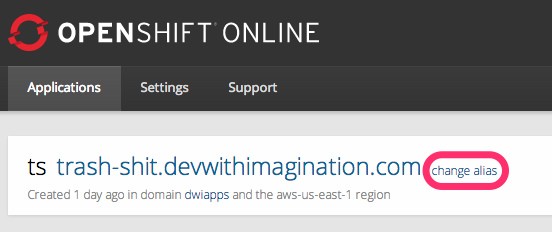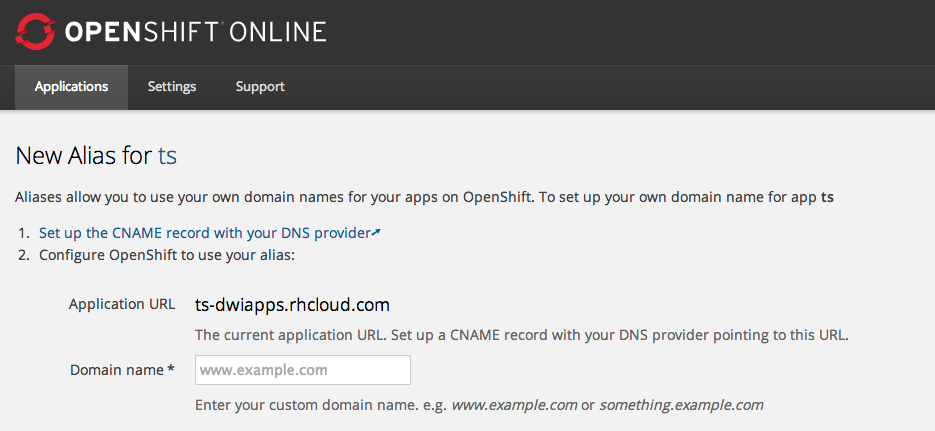Bringing the old website back on OpenShift
A few days ago I put the final iteration of my old skating site back online as a quick test of how easy it was to deploy a website on the OpenShift platform. I am very impressed with how easy this was.
The Site
Version 5 of the site, which was never fully finished, is written in PHP and uses a poor-mans CMS. Due to my cheapness at the time (start of university), I wouldn’t pay for a database. So this site is powered by delimited text files which are processed by the PHP back end.
It truly is horrible to look back on the code design, but it did the job at the time.
I had thrown together another quick Vagrant VM to test this site, as it has not been touched since 2005 and… the text file parsing appeared to be broken.
On closer inspection of the files in vi, the line breaks where mangled. vi displayed the file as a single line, separated by ^M characters. These should be line endings, but not the correct ones for the Mac platform that I am developing on. I don’t know why these are broken now, as the site was originally developed on an older version of Mac OS X. (It’s predecessor was largely created in Mac OS 9!).
Replacing these with the correct line endings was easy thanks to this StackOverflow answer. The accepted answer to the question is not correct for the issue I had.
This vi command solved the problem, basically it is just doing find and replace to replace line returns with the correct ones for the current platform.
:%s/^V^M/^V^M/g
where ^V^M means type Ctrl+V, then Ctrl+M.
After this the site was ready to deploy in some state! There is one area of the site that appears to not work correctly at all, but it is not worth the effort at this point to fix. It was going back online purely for nostalgia reasons. Other versions of the design may reappear in the future.
Getting started with OpenShift
My experience with OpenShift was great. It took me around 5 minutes from sign up to having a deployed web site with a custom domain.
Sign up for a new account and add a new application. I am using the PHP 5.4 cartridge. You can leave all the settings in this form with the default values if you want and just hit “Create Application”. The site was originally developed in PHP 4, so if it breaks it breaks. The original version would just be a security vulnerability waiting to happen.
Once the application is created details will be displayed of how to checkout the Git repository and to commit to it. After checking out and copying my site code into the directory, all it required was the commit and the site was live.
Configuring a Custom Domain
Last step in the process was to set up the site to run off a subdomain off my domain instead of the preconfigured ts-dwiapps.rhcloud.com. This process was surprisingly simple.
In the applications console select your newly created application. In this page there will be an option to change the alias.

Clicking this option will provide a field to enter the custom domain for this application.

The final step was to set up the DNS record for this subdomain. My DNS provider is Namecheap, your results may vary. I just needed to set up a CNAME record pointing to my xxx.rhcloud.com application domain.

Voila! The site is available here.